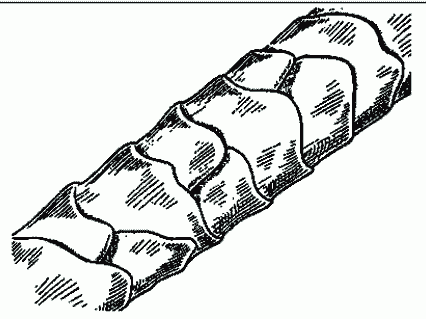
With the development of science and technology, human beings have been improving their living level. The bedding is no exception. With a high performance qualities, such as water proofing, warmth, moisture transfer, temperature regulating, UV protection, a fabric wins the high performance cachet. And technical progress in high performance synthetic fibers and processing, manufacturing techniques and lifestyle changes have promote the rapid growth of bedding. High performance fabrics have been developed for decades. Wool, a fiber with naturally high warmth performance, is applied to bedding by new processing technology.
Due to the crimped structure of wool fibers, wool fabrics are laced with tiny air spaces that work as the most efficient insulator, winning wool’s reputation for warmth and comfort. The wool fabric laced with tiny air pockets efficiently trap air to keep warm in winter and cool in winter when wicking moisture away, giving you a dry and comfortable feeling. Different from other synthetic fibers, the wool fibers directly wick it away from your body before the moisture is condensed. Due to special composition of wool, it has many high performance properties, such as warmth, resistant to odor, water proofing, flame retardant, durability, anti-static and UV protection. Wool fibers are also featured with natural elasticity.
Each wool fiber is covered with tiny scales, just like tiles on a roof, which help shed water or spills. The moisture up to 30% of its weight can be held by the cortex of wool fiber without damp feeling. When moisture goes into the wool fiber, it will contact with the chemical structure of wool fiber and small amounts of heat are released, giving you warm feeling.
Today, various bedclothes made from high performance fabrics rush into market. The more eco-friendly manufacturers prefer the natural and sustainable bedding from wool.
Visit www.springtextile.com to learn more!
